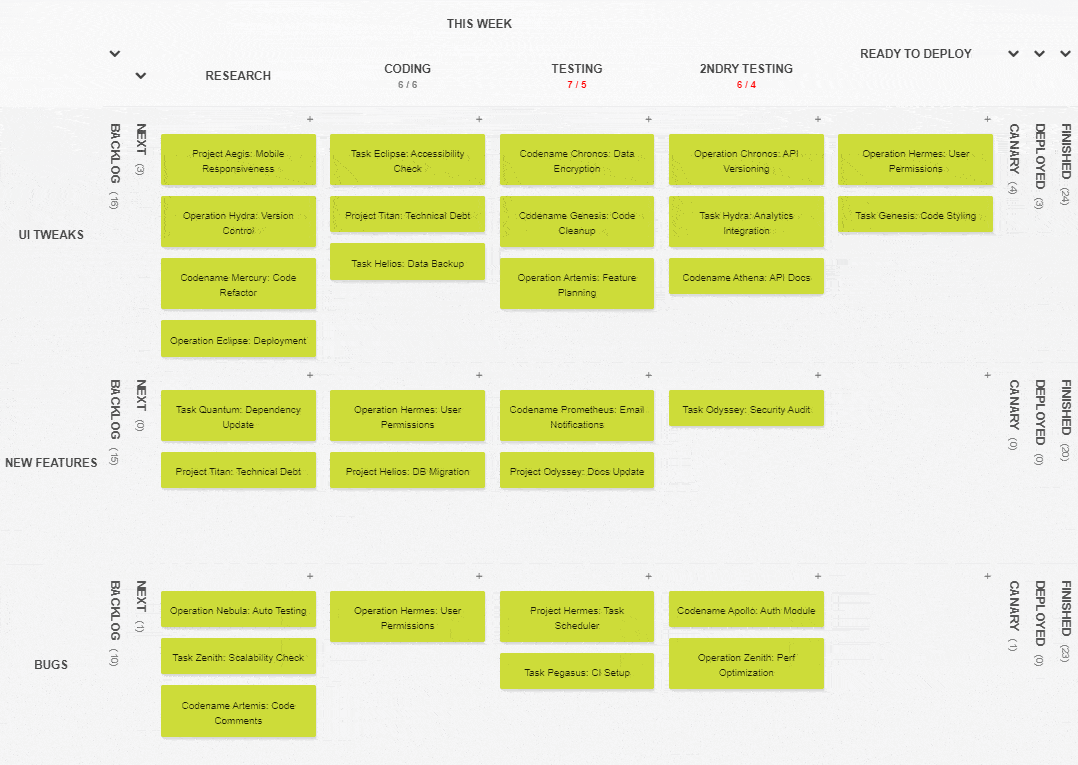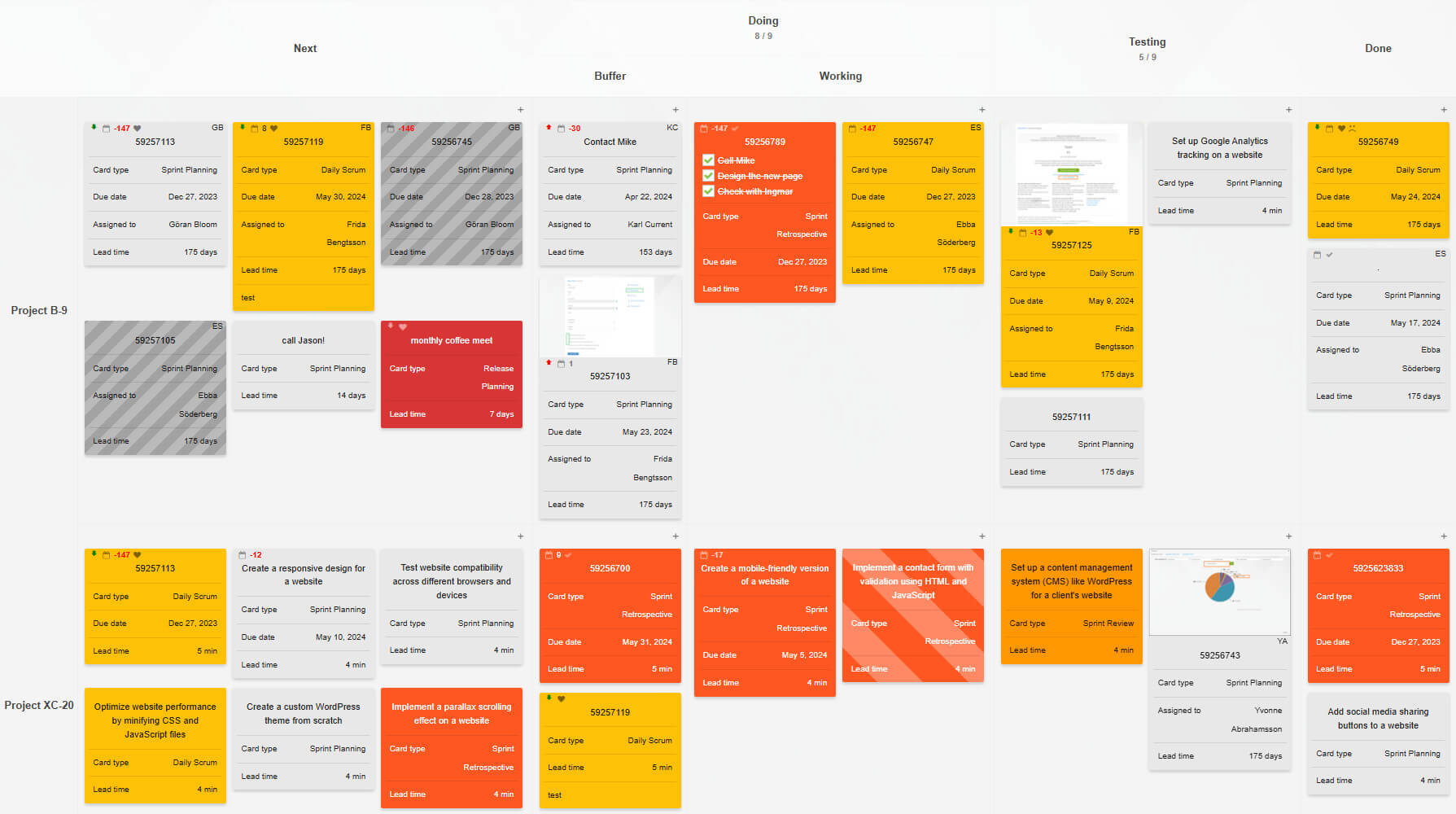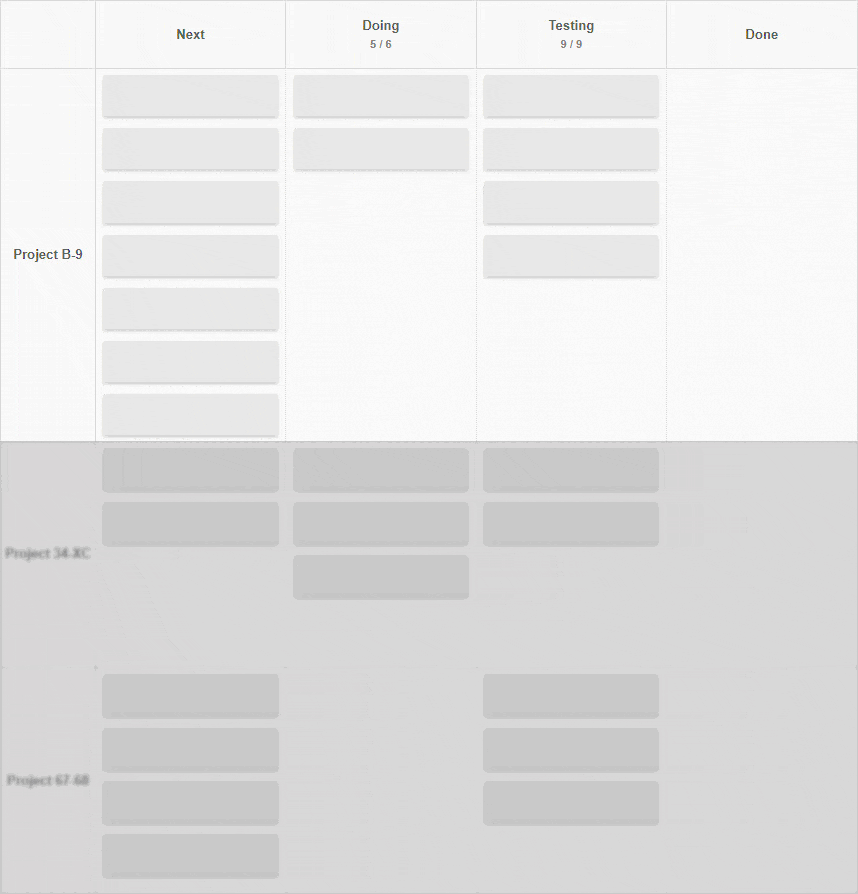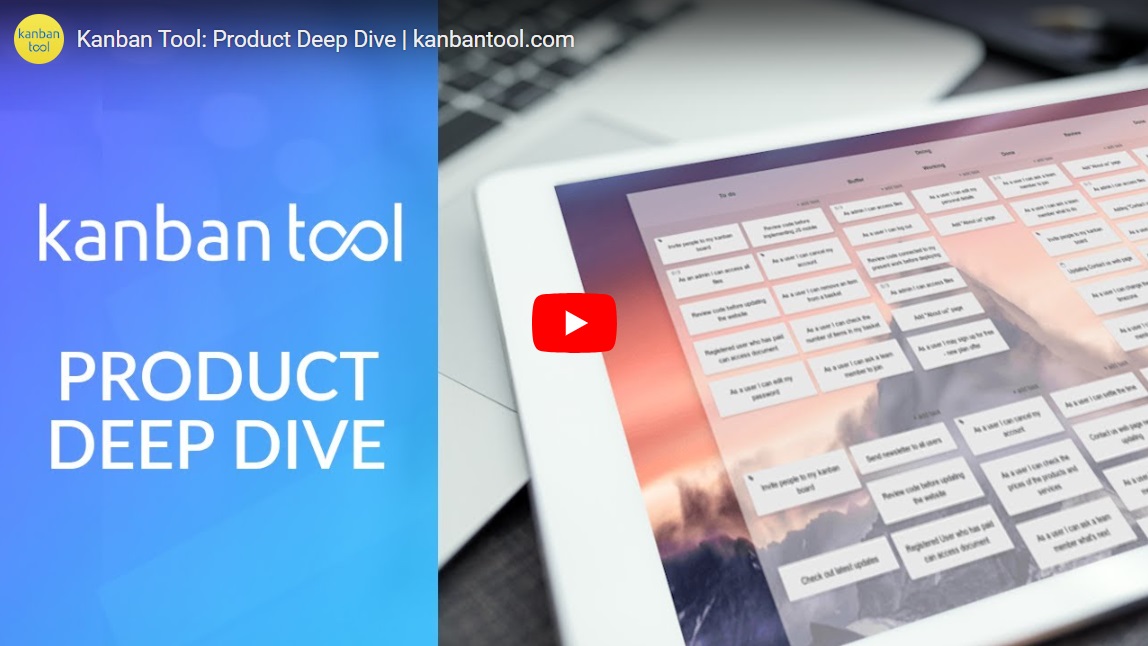The Kanban method enables teams and organizations to visualize their work and, by doing so, eliminate bottlenecks, waste, and chaos. By visualizing work in real-time and limiting the number of items processed at one time, Kanban helps achieve dramatic improvements in throughput, lead time, and quality across various business functions.

Origins and Evolution
Kanban originated in the first half of the 20th century when Taiichi Ōno applied its principles in the Toyota Production System (TPS). His aim was to support non-centralized, "pull" production control, where Kanban cards represented parts available in stock. When the number of cards dropped, an order for replenishment was placed, thus limiting inventory, freeing up cash, and facilitating the pull production model. In the 1970s, Kanban was popularized in the broader manufacturing industry. Over the years, many management experts have recognized its applicability beyond manufacturing.
Around 2005, Kanban found groundbreaking application in intellectual work management, particularly software development. Pioneers like David J. Anderson, Jim Benson, and Corey Ladas were instrumental in this movement. Today, when you hear of Kanban processes, it is most likely in the context of knowledge-based work planning and management.
How Kanban Works?

Kanban task management coordinates the gradual progression of items through a visualized set of process steps. By ensuring that tasks advance through consecutive development stages, Kanban improves efficiency, controls assignments, and informs all involved members of the process shape and each task's status. This visualization takes place on a Kanban board, which can be physical - using sticky notes on a whiteboard - or digital - using dedicated software that offers flexible access, board size and shape, and automated process metrics.
Kanban boards are effective because visual information is processed faster and remembered more easily than text. This visual aid helps teams take advantage of straightforward and efficient workflow and productivity tracking. Additionally, it makes team goals and company policies easier to understand, significantly improving communication between team members. Unlike many other approaches, Kanban can be incorporated gradually, making small but meaningful evolutionary improvements to an organization's current process.
How to Implement Kanban?
A Kanban-based process is designed to help teams work together efficiently. To achieve that change, follow these five principles:
- Visualize your workflow:
Use a Kanban board and cards, creating a column for each specific work step. Ensure the team updates their tasks' status in real-time.
- Limit work in progress (WIP):
Start by limiting the "doing" stage and gradually begin constraining the "waiting" steps as well. Limiting WIP can significantly improve throughput by reducing multitasking and enhancing focus.
- Manage the flow:
Monitor performance to implement necessary process improvements and fix problems before they affect delivery times.
- Set rules and guidelines:
Define when tasks can move to each stage and what criteria they must meet. Clear rules improve work quality and process predictability.
- Improve continuously and collaboratively:
Allow any team member to suggest process improvements, to empower the team and enhance their commitment to quality.
Kanban's Unique Characteristics
Kanban differs from other management methods like Waterfall, XP, or Scrum in several ways. It represents reality over an ideal, focusing on managing and adjusting the current workflow rather than planning future tasks. Kanban emphasizes completing already started work over increasing the number of ongoing tasks. It manages the entire process, from initial idea through production to delivery and customer feedback, not just the development part.

Using Online Kanban
Web-based Kanban board applications, such as Kanban Tool, allow you to visualize and manage the workflow, share tasks, and collaborate in real-time. The cloud-based Kanban Tool service enables team members to access boards from anywhere, anytime. There are over 30 power-ups such as recurring tasks, card covers, task dependencies or comment reactions. You can also enable seamless time tracking and reporting to automatically measure the time your team spends on each task, project or board. You also have the ability to create automation rules to guide the unique conditions under which tasks should get specific changes, saving time, effort and error-proofing your workflow.
Getting Started
To try Kanban for your team, consider setting up a free trial of Kanban Tool. Choose from the ready-made board templates or use the AI assistant to create a workflow specific to your unique business needs. Within minutes, you'll be able to start creating tasks, assigning them to team members, to then observe improvements in your business efficiency.





